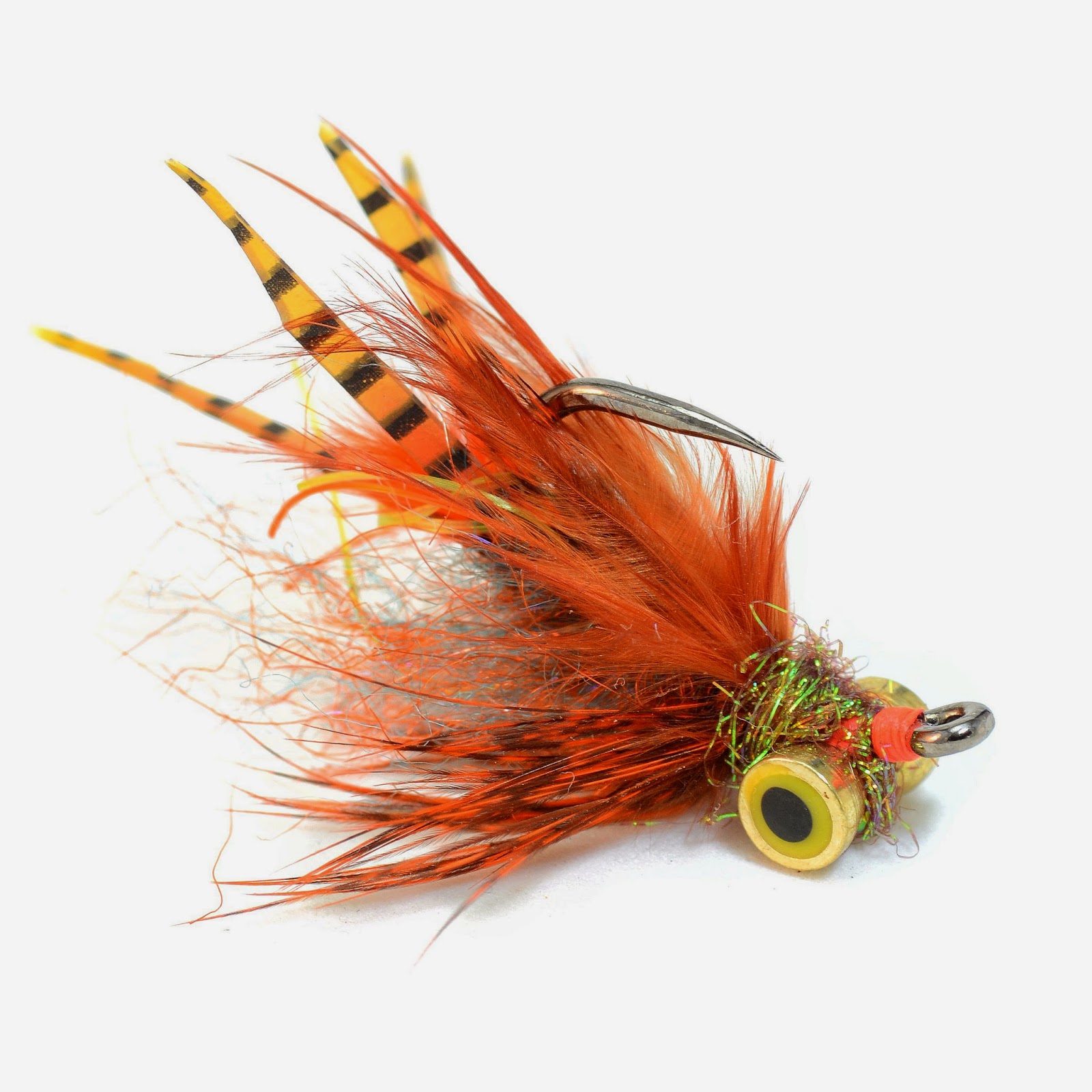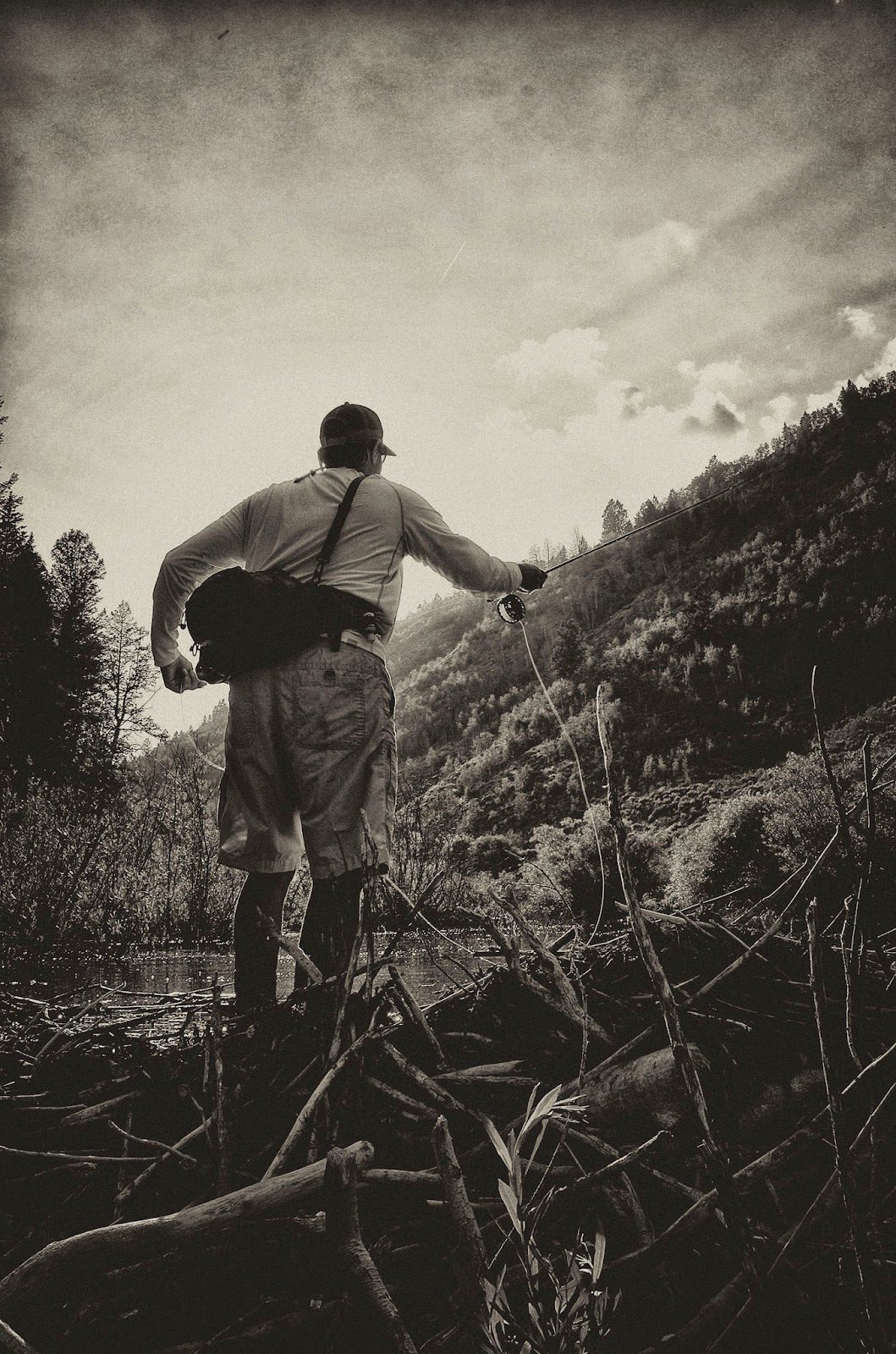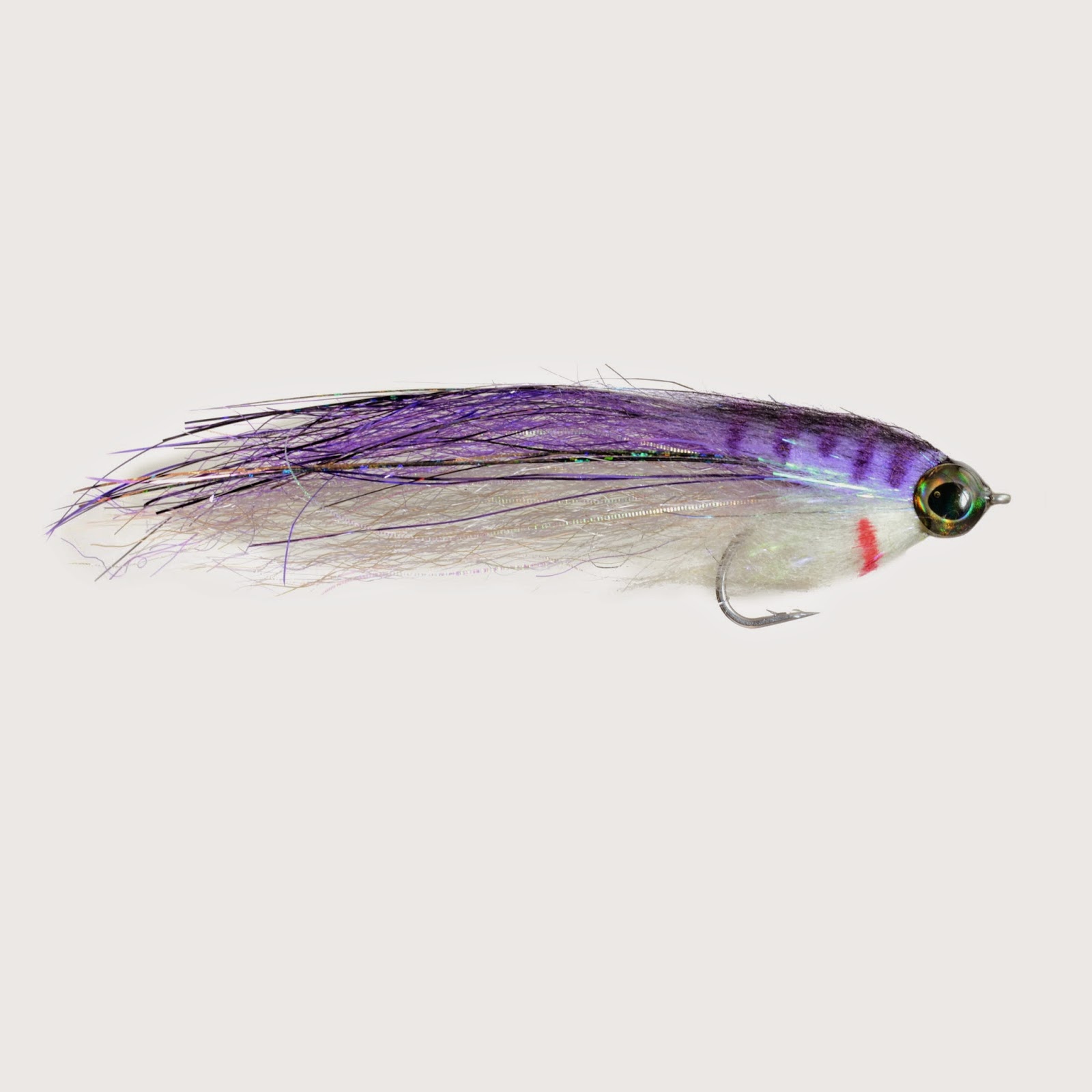Laughter is the best medicine.
![]() |
| Fish entertain me too... |
Recently I was pondering the great world of fly fishing/tying and how naturally preconditioned human behaviors seep their way into our sport. At first I thought these things were a nuisance, but as I looked deeper into this very crucial topic, I realized that these things exist in all walks of life, and that they are there to ENTERTAIN us along the way. I used to hate running into these situations, but as I thought about it more - I am highly entertained. Here are a few.
![]() |
| It HAS to be tan dubbing #5899 |
Recipe guy- I know that I have talked about this creature before, but he deserves mention in this post too. He is the guy who has to have the EXACT material for the fly that he saw in a book or on the internet, and if he can't find the material, it's no use... might as well go golfing.
Everything has already been invented guy - I get it... Most of the patterns out there are variations of other flies, but there is still a LOT of room for creativity (especially with all of the new materials out there.) This guy though... His goal in life is to
![]() |
| Grumpy Frumpy AKA Wooly Bugger |
educate you that your pattern is nothing more than a variation of a wooly bugger.
Accessory guy - Now, I don't have any room to talk on this one in regards to fly tying, but there is a limit. I once fished with a guy who literally had crap coming out of his vest at every angle. It reminded me of a waitress at Chili's with "flair" buttons pinned all over the place. (Yes... a reference to the movie Office Space.)
Fished for 25 years guy - It's a question that gets asked from time to time... "So how long have you fished?" I always get a kick out of the guys who mention that they have fished for X number of years over and over again as if that tells me how good of an angler they are... Even better is the guy who says that he has fished for 25 years - twice a year for 25 years. I know guys who have fished for 5 years that can really throw it down. It's all about progression and how vigorously you pursue the sport.
Hater guy - Not to be confused with one upper guy who is not mentioned in this list. Hater guy can't handle it if he's not the only one KILLING it, and goes above any beyond to try to put you down. "Pssshhh, Cheech Leech??? so what can that catch that a wooly bugger can't? What a stupid fly."
Mad guy - I once fished with a guy who, on his first attempt at fly fishing, caught multiple fish on dry flies because the fish were recklessly destroying caddisflies that were skating across the surface. Once the fish switched to mayflies and dead drifts he stopped catching fish. I didn't. He was pissed that he only caught 10 or 11 fish as opposed to 35. I never fished with him again. He is Mad Guy.
![]() |
| Don't put em' back until your count em! |
Fish counter guy - Curtis tells this story much better than I do, but there was a guy several years back that would claim ridiculous numbers of fish caught. So he's a fish counter... good for him. On a club outing one year where everyone was basically fishing within view of everyone else, he came in with some pretty astronomical "numbers" of fish caught that day. Our only guess was that he was logging every time he got a bump... from weeds or fish. I really have no issues with the fish counter guys, but it's the fabricators that entertain me. This being said, Curtis and I once caught 256 trout in one outing and if you don't believe me I'll punch you in the neck.
Wader guy - I have to admit that I love gear. Good waders, packs, boxes, boots - you name it, I like it. I'm entertained by the guys I see in July standing ankle deep in a creek with their 6mm duck waders on when it's 90 degrees outside. "Hey rookie, you do your fancy wet wadin' over there. Real FLY fishermen wear WADERS."
![]() |
| No waders??? Noob. |
One Water Willy - This is the guy who fishes one and only one body of water, therefore he knows everything about fishing. Granted, he is REALLY good on his home water, but if he goes anywhere that has different conditions, he's completely lost. I mention this because I can become so obsessed with certain bodies of water that I can become One Water Willy at times.
I know, I know, I know guy - This guy, in all aspects of life, is one that HIGHLY entertains me. One time I was out on a very technical piece of water and I was supposed to be showing someone the ropes. Every time I'd try to recommend a rig or a fly I was greeted with "I know, I know, I know." I promptly stopped talking and just continued fishing. Upon the next question, I just responded "I thought you said you knew??!??" Well, if you know, go knock er' out champ...
Unsolicited coach guy. This guy cracks me up too. Everyone has had "one of those days" where your flies end up in more trees than fish... I was having one of those days when a dude walked up and started to say something like "You know, I was watching you cast from over there, and it looks like you need to open up your loop a little bit..." WELL NO S#!T SHERLOCK!!! He turns me into "mad guy" and "I know" guy pretty fast.
False cast guy. This is usually a guy who has watched A River Runs Through It one too many times. He sees rising fish and proceeds to take 500 false casts before laying his line down. Of those 500, 473 of them would have been perfectly fine presentations for that fish... This is particularly entertaining when you are on a small river and you are taking turns. I may or may not have grabbed branches and pulled them down behind him to help him decide to stop casting. I'm a bad friend.
This post was more therapy for me than anything to help me realize that we are all human beings, and we have our quirks. It's better to be entertained than frustrated (which is easier said than done.)
~ Cheech
































